
Membership Impacts the Entire Field
'I suppose it would be easier for EMA to cater to just professional musicians or only arts administrators,' writes EMA Executive Director David McCormick. 'But there’s a vitality to the rich tapestry of our membership that allows for a collaborative spirit between professional performers, amateur players, scholars, luthiers, and listeners, to name a few. Thanks to our free and low-cost membership options for students, we have more young members than ever before...'
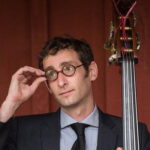
Bach of the Bowery
As a composer, teacher, and America's leading Baroque bassist, Doug Balliett is devoted to radically authentic music-making. He and his all-star circle of collaborators question the notion that ‘historically informed’ ensembles should only perform historical music. This article was first published in the January 2024 issue of EMAg.
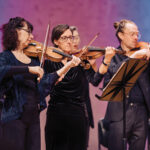
From Scratch: Atlanta’s Early Music Scene
After 25 years of building and re-building, the Atlanta Baroque Orchestra has found stability and high artistic success.

Learning from Trailblazers in Historical Performance
The modern historical-performance movement now has its own traditions, habits, standard repertoire, and ancestors. For Early Music Month we look into EMA's online series 'Trailblazers in Historical Performance.' As Thomas Forrest Kelly writes, 'to hear their various stories and learn of their attitudes and experiences was revelatory.'
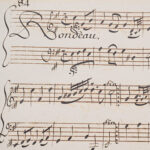
Champagne Flutes: Newly Discovered Music by Marin Marais
For Early Music Month, we look into the core of the Baroque. An auction of books from an old chateau in the Champagne countryside led to a big discovery: unknown flute music by Marin Marais, written in an elegant hand. It's a find of huge importance to the Baroque flute repertoire. This article was first published in the January 2024 issue of EMAg.
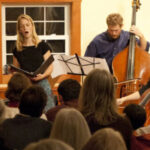
Is Pay-What-You-Can the Future for Early Music?
Celebrating Early Music Month, we look into a new trend seen from coast to coast: a Pay-What-You-Can ticketing model. This scheme comes with high hopes for attendance and diversity but inconclusive results. This article first appeared in the January 2024 issue of EMAg.
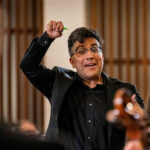
Revisit the EMA Awards 2023 for Outstanding Work in Early Music
Revisit the the 2023 EMA Awards ceremony from the Summit in Boston, recognizing three musicians for their achievements: Lindsey Macchiarella, Arthur Haas, and Ruben Valenzuela and his Bach Collegium San Diego.
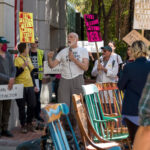
An Early-Music Climate Activist on Disrupting Performances
Guest editorial: We are in the midst of a global mass extinction caused by a rapid change in climate. The scale of these problems means that the crisis cannot be addressed without action from the world’s most powerful governments — and they have utterly failed to respond. It’s an attitude of enjoying order (and short-term profits) more than pursuing justice. This comes despite years of scientists’ and citizens’ good-faith efforts to work within the system. To shake our friends’ complacency was our goal in disrupting the Met Opera...
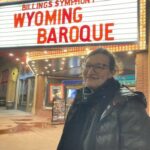
Rocky Mountain High Baroque
Where cows outnumber people, early music finds a foothold in the high Rockies with ensembles like Wyoming Baroque, Baroque Music Montana, and the Baroque Chamber Orchestra of Colorado. 'Figuring out practical solutions for rural problems is a really Western way of thinking.'
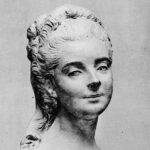
Asserting Her Voice
The story of Angélique Diderot, talented as a keyboardist and composer, involves a famous father, a distinguished teacher, and a quirky treatise. It's a glimpse into how women in early modern Europe broke a taboo and learned to compose.

